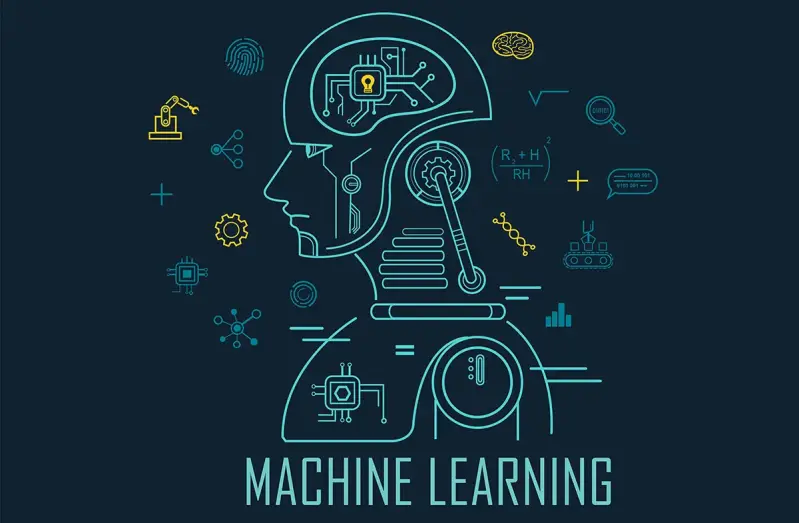Database for ML Project

A system has been created that is available on any device and contains information about machine learning algorithms. The system is accessible on any device where information on machine learning algorithms is collected.
Description
So, what is machine learning?
What are its applications?
Simply put, machine learning can be defined as how a machine mimics a normal human and learns from the user's actions, just like a young child. It can also be said that the machine is explicitly programmed to understand the user's actions and implement them in its applications. It primarily focuses on computer development programs that receive data from the user and use this data for self-learning. There are various methods of machine learning. Some of them are listed below:
Supervised machine learning algorithms: These are algorithms that take information from the past, record it, and use it in new data. This method can be used for forecasting purposes. In this process, older data is analyzed, and algorithms extract knowledge and patterns and use them in future data. After a sufficient number of training sessions, the system is ready to accommodate new input.
Unsupervised machine learning algorithms: These algorithms come into play when the received information is not classified. These unsupervised machine learning algorithms are used to obtain a function that further evaluates the structure of unclassified data. However, it cannot provide a correct output, but it can identify the structure hidden within the data.
Supervised machine learning algorithms: These algorithms fall somewhere between supervised and unsupervised algorithms, hence the name supervised machine learning algorithms. These algorithms use more non-secret data than secret data. Systems that use these algorithms demonstrate consistent improvements in perception and learning abilities. This requires good and useful sources for learning from secret data.
Reinforcement machine learning algorithms: These algorithms produce certain actions, then interact with the environment, and eventually understand any discrepancies or correct errors. To maximize productivity and efficiency, these systems can automatically detect relevant conditions.
What are the different technologies that benefit from machine learning?
Well, the question of the necessity of machine learning in technology is similar to the question of the necessity of the spine in the human body. There is a sufficient amount of use of this technology, especially in the business field. For example, in various companies, ML (referring to machine learning) helps businesses to better promote their products and make accurate sales predictions in various ways.
ML offers tremendous benefits for the sales and marketing sector. It also facilitates accurate medical predictions and diagnoses. In the healthcare industry, machine learning helps to easily identify high-risk patients, make nearly accurate diagnoses, recommend the best possible medications, and predict repeat hospitalizations. These predictions are primarily based on available datasets of anonymous patient medical histories and their exhibited symptoms. The nearly accurate diagnoses and the best medical recommendations will contribute to a faster patient recovery without the need for harmful medications.
It also provides easy detection of spam. Spam detection was one of the first problems solved by machine learning. A few years ago, email providers used rule-based methods to filter spam. However, with the advent of machine learning, spam filters create new rules using brain-like neural networks to eliminate spam emails. Neural networks recognize suspicious messages and junk mail by evaluating rules in a vast network of computers.
And the list goes on.
A system has been created that is available on any device, where information is collected on machine learning algorithms.
If you have any interest in this neural network and it can help you in implementing your business and other technical tasks, please send an application to email: info@ai4b.org

